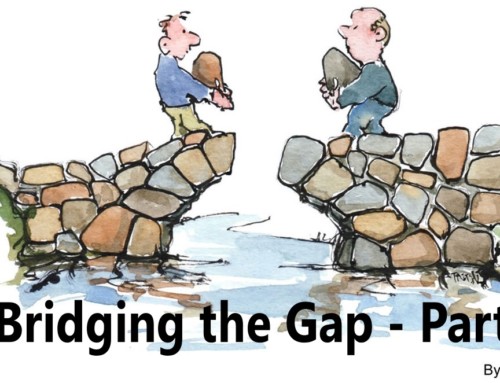In my last blog I wrote about Stephen M.R. Covey’s book The Speed of Trust, where he refers to five waves of trust.
I wrote about the first wave, self-trust and I’d now like reveal the second wave – relationship trust.
Covey introduces the concept of “trust accounts” – how we establish and maintain them.
The central premise behind Covey’s trust account is that with each interaction we have with another person, we are either building trust, “making a deposit” or destroying trust, “making a withdrawal.” The balance in the trust account is a reflection of the current level of trust in the relationship.
Trust is a core element in any relationship and it is essential in effective leadership. Covey offers several observations about trust accounts that leaders will want to consider.

Each trust account is unique.
The account you have with your leader may be different from the account you have with your administrative support person. Understanding the nuance of each account allows you to build it more effectively.
All deposits and withdrawals are not created equally.
Small oversights or acts of kindness can create a disproportionate impact. Remembering to acknowledge someone’s contribution can make a big deposit.
Trust deposits are person specific.
This awareness offers another great reason to know followers as individuals.
Withdrawals are typically larger than deposits.
A breach of trust from leadership may impact the leader/follower relationship in a more dramatic way than a deposit.
Recognize that each relationship has two trust accounts – yours and the other party’s.
Understanding what makes a deposit and a withdrawal for the other party is essential. Could there be any better way to build trust than to have a sincere conversation about what constitutes a deposit for the other party?






Leave A Comment
You must be logged in to post a comment.